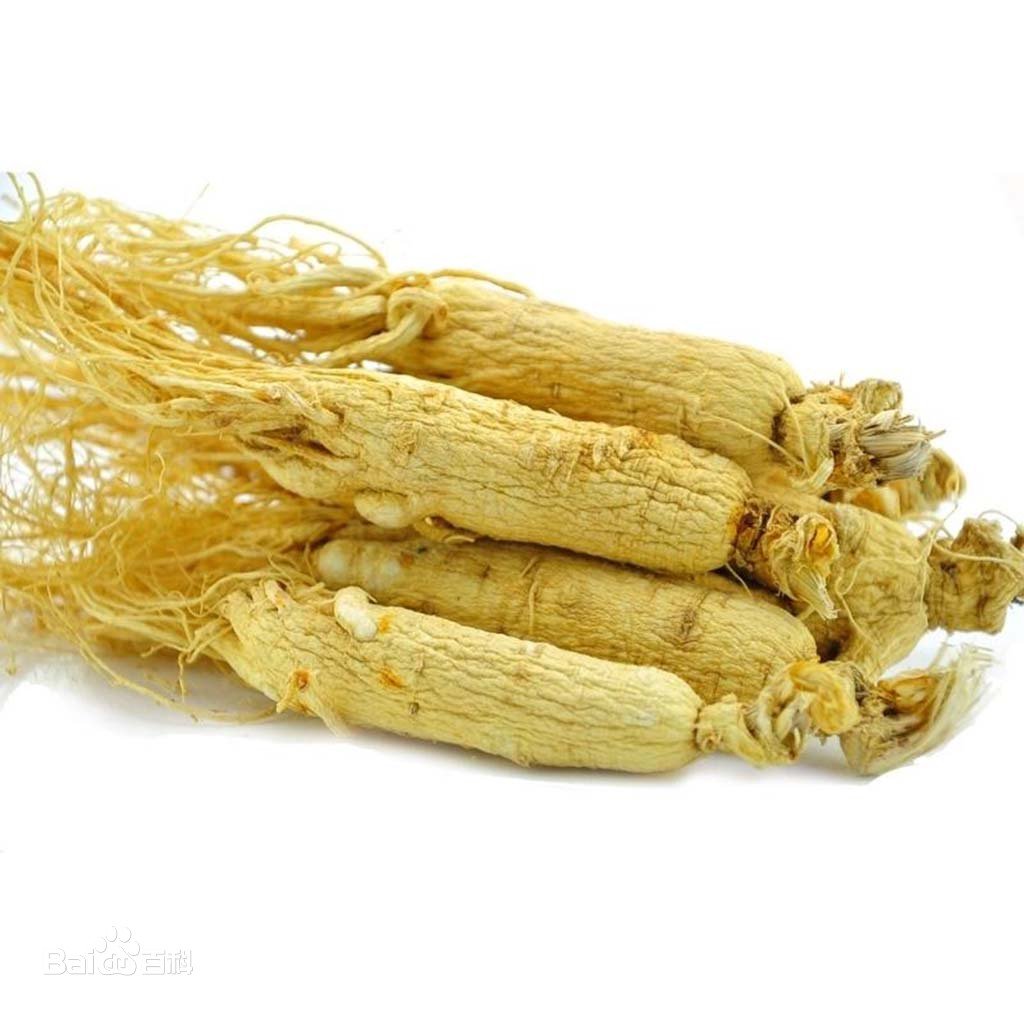Traditional Chinese Medicine
Traditional Chinese medicine (TCM) is thousands of years old, and based on clinical experience. The basic concept surrounds Qi or Chi, the vital energy of life, surging through the body’s meridian channels.
Any imbalance of Qi can cause disease and illness.
TCM practitioners treat patients by focusing on two points:
Our body is one unit. Any problem will affect other functions, internal organs, muscles or tendons. Usually practitioners do not recommend surgery, instead advising different treatment methods to activate healing, and sustain whole body balance.
Our health keeps harmony with our surroundings; nature, the seasons, play important roles. Think of how many people get the flu in Winter, or feel down in Autumn. More lively in Spring.
TCM Practitioners use a traditional-style diagnostic method:
TCM practitioners use a special diagnostic method by smelling, hearing, voice vibration, touch, and pulse to make a traditional-style diagnosis to discover the source of an unbalanced health condition, which organ it is related to, and which meridian is affected.
Based on the traditional diagnosis, TCM practitioners put several herbs together for treatments, called TCM formulas. Many formulas date back thousands of years and are often modified and applied based on the theories of yin yang, zang fu (internal organs), meridians, and other therapeutic principles. TCM herbal formulas are the most commonly used style of Traditional Chinese medicine. It is very rare to only use a single herb in treatment.
Over 2 millions formulas currently exist.
According to TCM, different foods carry different energies that can go directly to specific organs. Lots of foods are used by TCM practitioners.
TCM’s view of the human body is only marginally concerned with anatomical structures, instead focusing primarily on the body's functions[66][68] (digestion, breathing, temperature maintenance, etc).
These functions are aggregated and associated with a primary functional entity – for instance, nourishment of the tissues and maintenance of their moisture are seen as connected functions, and the entity postulated to be responsible for these functions is xiě (blood). These functional entities constitute concepts rather than biochemical or anatomical properties.
-
Coghlan ML, Maker G, Crighton E, et al. Combined DNA, toxicological and heavy metal analyses provides an auditing toolkit to improve pharmacovigilance of traditional Chinese medicine (TCM). Scientific Reports. 2015;5:17475.
Fung FY, Linn YC. Developing traditional Chinese medicine in the era of evidence-based medicine: current evidences and challenges. Evidence-Based Complementary and Alternative Medicine: eCAM. 2015;2015:425037.
Gillespie LD, Robertson MC, Gillespie WJ, et al. Interventions for preventing falls in older people living in the community. Cochrane Database of Systemic Reviews. 2012;(9):CD007146 [edited 2015]. Accessed at https://www.cochranelibrary.com on 02/19/2016.
Hall AM, Maher CG, Lam P, et al. Tai chi exercise for treatment of pain and disability in people with persistent low back pain: a randomized controlled trial. Arthritis Care & Research. 2011;63(11):1576-1583.
Hu J, Zhang J, Zhao W, et al. Cochrane systematic reviews of Chinese herbal medicines: an overview. PLoS One. 2011;6(12):e28696.
Jones KD, Sherman CA, Mist SD, et al. A randomized controlled trial of 8-form tai chi improves symptoms and functional mobility in fibromyalgia patients. Clinical Rheumatology. 2012;31(8):1205-1214.
Kendrick D, Kumar A, Carpenter H, et al. Exercise for reducing fear of falling in older people living in the community. Cochrane Database of Systemic Reviews. 2014;(11):CD009848. Accessed at https://www.cochranelibrary.com on 02/19/2016.
Li F, Harmer P, Fitzgerald K, et al. Tai chi and postural stability in patients with Parkinson’s disease. New England Journal of Medicine. 2012;366(6):511-519.
Liu S-H, Chuang W-C, Lam W, et al. Safety surveillance of traditional Chinese medicine: current and future. Drug Safety. 2015;38(2):117-128.
Linde K, Allais G, Brinkhaus B, et al. Acupuncture for migraine prophylaxis. Cochrane Database of Systematic Reviews. 2009;(1):CD001218. Accessed at https://www.cochranelibrary.com on 03/18/2016.
Linde K, Allais G, Brinkhaus B, et al. Acupuncture for tension-type headache. Cochrane Database of Systematic Reviews. 2009;(1):CD007587. Accessed at https://www.cochranelibrary.com on 03/18/2016.
Maeda Y, Kim H, Kettner N, et al. Rewiring the primary somatosensory cortex in carpal tunnel syndrome with acupuncture. Brain. 2017;140(4):914-927.
Manheimer E, Cheng K, Linde K, et al. Acupuncture for peripheral joint osteoarthritis. Cochrane Database of Systematic Reviews. 2010;(1):CD001977. Accessed at https://www.cochranelibrary.com on 02/19/2016.
Nery RM, Zanini M, de Lima JB, et al. Tai chi chuan improves functional capacity after myocardial infarction: a randomized clinical trial. American Heart Journal. 2015;169(6):854-860.
Vickers AJ, Cronin AM, Maschino AC, et al. Acupuncture for chronic pain: individual patient data meta-analysis. Archives of Internal Medicine. 2012;172(19):1444-1453.
Vickers AJ, Linde K. Acupuncture for chronic pain. JAMA. 2014;311(9):955-956.
Wang C, Schmid CH, Hibberd PL, et al. Tai chi is effective in treating knee osteoarthritis: a randomized controlled trial. Arthritis & Rheumatism (Arthritis Care & Research). 2009;61(11):1545-1553.
Wayne PM, Berkowitz DL, Litrownik DE, et al. What do we really know about the safety of tai chi? A systematic review of adverse event reports in randomized trials. Archives of Physical Medicine and Rehabilitation. 2014;95(12):2470-2483.
Xue CC, Zhang AL, Greenwood KM, et al. Traditional Chinese medicine: an update on clinical evidence. Journal of Alternative and Complementary Medicine. 2010;16(3):301-312.
Yan J-H, Gu W-J, Sun J, et al. Efficacy of tai chi on pain, stiffness and function in patients with osteoarthritis: a meta-analysis. PLoS One. 2013;8(4):e61672.
Yeh GY, McCarthy EP, Wayne PM, et al. Tai chi exercise in patients with chronic heart failure: a randomized clinical trial. Archives of Internal Medicine. 2011;171(8):750-757.




